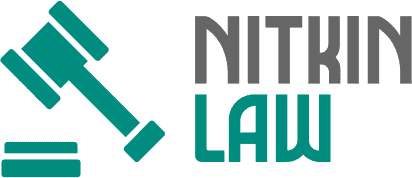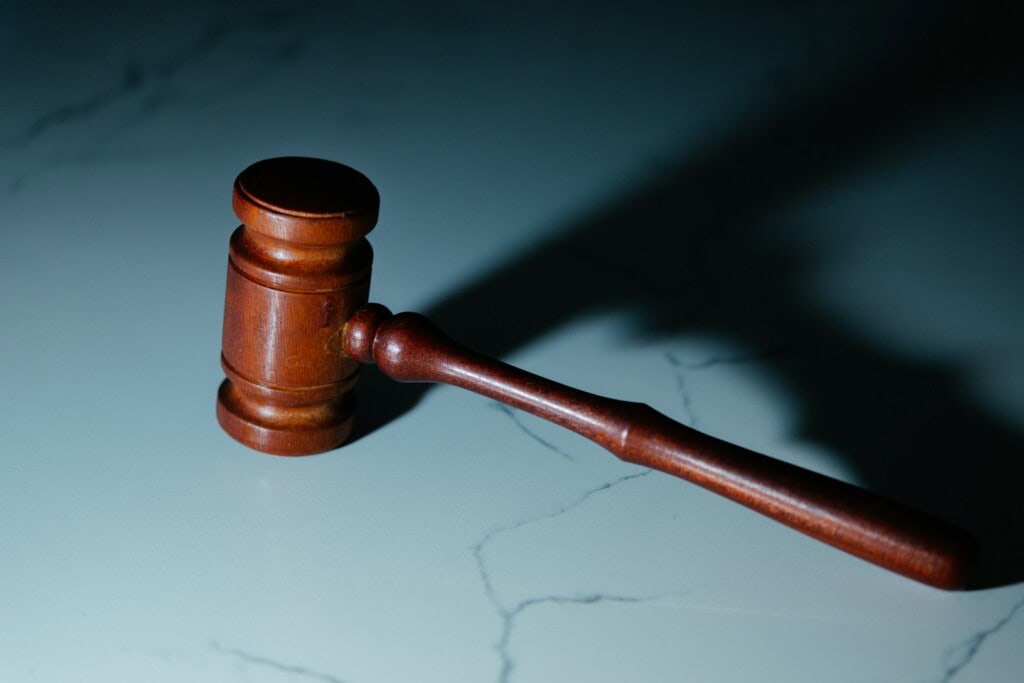In New York’s complex healthcare and legal landscape, conflicts between medical forecasts and legal claims are increasingly common. The state’s robust healthcare system, combined with its sophisticated legal framework, creates unique challenges when medical predictions conflict with legal assertions. New York courts handle thousands of medical malpractice and personal injury cases annually, where differing medical opinions and legal interpretations often collide, creating disputes that require careful resolution.
In medical and legal fields, conflicts often arise when differing opinions come into play. Medical forecasts, grounded in scientific analysis, can sometimes clash with legal claims, which rely on evidence and interpretation. When these complex situations arise, consulting with a qualified New York life care planner can help bridge the gap between medical realities and legal requirements. This intersection creates a complex situation that raises questions about authority and decision-making, and understanding these dynamics helps in grasping how resolutions are reached.
Understanding Medical Forecasts
Medical predictions pertain to one’s health journey, and those assessments may all depend on clinical judgment, history, and diagnostic tests. These projections allow physicians to help guide treatment plans and counsel patients on their probable outcomes. However, these predictions are not always conclusive. Medical science is not exact: it deals with probabilities, uncertainties, and risks.
Legal Claims and Their Basis
Legal claims are about facts and laws. These can stem from arguments regarding medical treatments, accusations of medical malpractice, or personal injury suits. Arguments are based on evidence, testimony from witnesses, and testimony from experts. Legal claims have a burden of proof, unlike medical predictions. This involves making a strong case or backing up your argument appropriately.
Sources of Conflict
This conflict unfolds between the future that medical prognosis provides and the future that legal claims present. For example, a doctor may state that a positive recovery is expected, while a legal claim states permanent injury has occurred. These differences can result in courtroom battles or settlement discussions that break down. It becomes difficult to combine all these different perspectives in order to come to a fair, equitable conclusion.
Role of Expert Testimonies
Expert testimonies play a crucial role in bridging the gap between medical and legal viewpoints. According to the Federal Rules of Evidence, medical experts provide insights into a patient’s condition and the validity of forecasts. Legal experts analyze the implications of these forecasts within the framework of the law. Their combined expertise helps clarify complex issues and guide decision-makers.
Judicial Decision-Making
As cases come to trial, it is the role of judges and juries to weigh the probability of the medical prognosis against the certainty of legal rights. They affect trial and settlement outcomes. They have to take in expert testimony, review evidence, and apply the law. What is required for those practitioners is a balancing act between science and the law so that justice is served.
Impact on Stakeholders
The conflict between medical predictions and legal assertions affects multiple players. Patients are left not knowing what to do, and doctors must defend themselves against scrutiny and liability. Attorneys work through these complexities to best represent their clients. A more integrated approach is required in the convergence of these areas if justice and accuracy are to be maintained.
Reaching Resolutions
Resolutions have to involve both medical and legal professionals working hand in hand. Two-way dialogue and respect on both sides help bridge the gap. If you are involved in a conflict with someone, mediation and arbitration can serve as alternative methods for resolving disputes without going to court. These are flexible approaches that balance medical realities with legal rights.
Future Implications
Modern medical science will evolve the nature of the relationship between forecasts and legal claims. Furthermore, new technologies and treatments may add new layers of complexity. The continuation of the conversation between the medical and legal communities will always be needed. This means that by understanding each other and cooperating well, they can deal with the emerging challenges.
Conclusion
Medical predictions differ in nature from a legal claim, and therefore, the two intersect uniquely. Each discipline has its insights and expertise to offer. Conflicts of all types can be resolved through the collaborative efforts of all involved parties engaged in open dialogue. Together, these two fields can create an atmosphere where the medical and legal sides can be balanced while still reaching equitable results for everyone. Not only does this help individual cases, but it also lays the groundwork for understanding between these two related fields.


